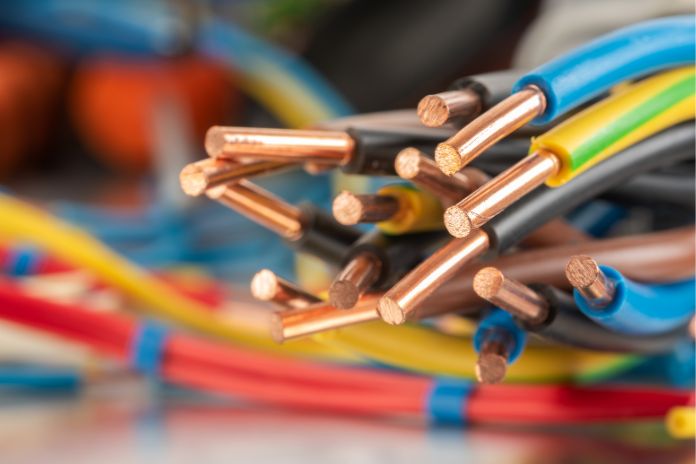
A secure home network is essential to keep your activity private and safe from malicious actors. There are specific steps you can take when designing your home network to improve its resiliency against natural forces and criminals alike.
The wrong setup can put you at greater risk of data loss or theft. Use these safety tips for installing your home network to use the internet without putting yourself and others at risk.
Secure Access Points
Your internet connection is only as safe as the security protocols you’ve used to limit access. Each piece of equipment in your network presents a vulnerability that you must account for. You should carefully monitor both physical and virtual instances of network nodes.
If they can access critical network equipment, third parties can reroute information and use it for their own nefarious purposes. Network nodes such as routers, switches, gateways, and hubs must be protected so unauthorized individuals can’t access them.
Use the Right Cable
Your physical cabling plays an essential role in the overall safety of the network. Physical connections offer better protection and stability since the signal doesn’t have to be transferred through the airwaves. This setup helps contain vulnerable information, making it harder to exploit.
Poor data transfer can corrupt information and render it unusable. Understanding your equipment and how it’s affected by excess noise will allow you to secure the data transfer so you don’t get interference. In some cases, you may need to bond copper communications cable to ground to avoid errors in data transmission.
Stay Up to Date
Electronics and software evolve quickly, making it essential for homeowners to keep up with the latest network security features. If your router software, firewall, or antivirus program becomes outdated, your network can be exposed to malicious attacks.
Flaws and vulnerabilities allow attackers to gain access to your network without authorization. Regularly updating software and replacing old equipment will ensure you have all the latest security patches and fixes. Learning about the security landscape will allow you to invest in reliable solutions that protect you and your users.
Have Peace of Mind When Accessing Your Network
Getting a network up and running isn’t difficult, but doing so safely requires extra effort. With the right tools and knowledge, you put malicious actors in their place.
Pay close attention to these safety tips for installing your home network to ensure you have all the speed and security you need to browse the web without incident.







